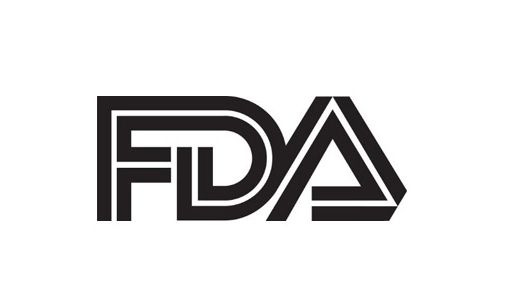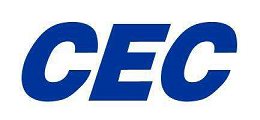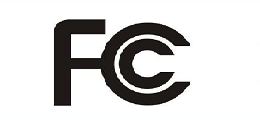MSDS
1. What is MSDS / SDS?
MSDS (material safety data sheet) is a chemical safety manual, which can also be translated into a chemical safety technical manual or a chemical safety data sheet. It is a document for chemical manufacturers and importers to clarify the physical and chemical characteristics of chemicals (such as pH value, flash point, flammability, reactivity, etc.) and possible hazards to users' health (such as carcinogenesis, teratogenesis, etc.). In European countries, MSDS is also known as safety data sheet (SDS). The international organization for Standardization (ISO) uses SDS terminology, while the United States, Canada, Australia and many countries in Asia use MSDS terminology. In order to meet the international standard eqviso110-14-1:1994 (E), China has also formulated the relevant standard GB / t16483-2008 contents and project sequence of chemical safety technical specifications, which stipulates that MSDS should have 16 parts.
MSDS It is a comprehensive legal document on the characteristics of chemicals provided by chemical production or sales enterprises to customers according to legal requirements. It provides physical and chemical parameters of chemicals, combustion and explosion performance, health hazards, safe use and storage, leakage disposal, emergency treatment of leakage of first-aid measures and relevant laws and regulations.
2. MSDS/SDS What's the use?
1. Customs commodity inspection (whether the ingredients are prohibited or not)
2. Customs declaration of freight forwarder (understand product transportation requirements)
3. Customer requirements (different regulations in different regions)
4. Enterprise safety management (understand the hazard characteristics of products)
5. Hazard registration (implement strict safety supervision and management)
The new regulations of the State Council on the safety management of hazardous chemicals (order 591) stipulates the mandatory use requirements of MSDs and safety labels in China from the legal level. No. 591 order clearly stipulates that: the hazardous chemical production enterprise shall provide the chemical safety technical specification consistent with the hazardous chemicals it produces, and paste or tie the chemical safety label consistent with the hazardous chemicals in the packaging (including the outsourcing package) of the hazardous chemicals. At the same time, the mandatory requirements of MSDs for hazardous chemicals in the process of import and export, hazardous chemicals registration and new chemical substances registration are clearly pointed out in AQSIQ announcement No. 30 in 2012, measures for the administration of hazardous chemicals registration (Order No. 53) of the State Administration of work safety and measures for the administration of new chemical substances environment of the Ministry of environmental protection.
Therefore, from the legal level, chemical manufacturers need to provide compliant MSDs in the whole life cycle of chemical production, operation, sales, operation and transportation. In addition, from the perspective of risk aversion, chemical related enterprises also need to pay attention to MSDs, transfer correct chemical information to the government, operators, consumers and the public, and avoid huge potential safety hazards and legal risks caused by MSDS information errors.
3. MSDS/SDS What are the national versions?
I International: the sixth revision of the GHS system of the United Nations and the international general version of ISO
II. China: China GB version
III. USA: OSHA version, ANSI version
IV. EU: EU CLP version, EEC version
V Canada: Canada HPR version, WHMIS version
VI Japan: according to JIS Z 7253:2012
VII New Zealand: Based on New Zealand HSNO version
4. MSDS/SDS The difference?
First, the information contained in the new SDS is similar to MSDs; however, the SDS is presented in 16 part format. Secondly, SDS should conform to GHS. GHS system is an international standard.
In SDS, the information of chemical hazards is based on the classification of GHS, not the classification of hazardous substances and dangerous goods. Both provide information on chemical hazards and safety precautions.
Another difference between GHS SDS and MSDS is that GHS SDS requires the use of product identification, hazard statements and pictograms to show hazards, while MSDS uses symbols and hazard statements as required by regulations. GHS version SDS will strictly follow the layout of 16 parts. Most MSDSs range from nine parts to sixteen parts.
The European Union and the international organization for Standardization (ISO) 11014 all adopt the term of SDS. However, in the United States, Canada, Australia and many countries in Asia, SDS is also known as MSDS (material safety data sheet). The roles of both in the supply chain are exactly the same, with only some slight differences in content. After the implementation of GHS, many countries and regions, including the United States and Canada, have also adopted the terms of SDS. Therefore, the terms of SDS will be adopted uniformly in the future.
5. MSDS/SDS Period of validity?
MSDS / SDS has no clear term of validity. But MSDS / SDS is not immutable. The contents of MSDs / SDS shall be updated in time in case of the following situations:
1. When the regulatory basis and requirements of SDS / MSDS are changed;
2. When the substances / proportions / components in the products targeted by SDS / MSDS change;
3. When the products targeted by SDS / MSDS are found to have new hazards;
4. When the toxicological / ecological information of SDS / MSDS is updated.
6. MSDS/SDS What are the common mistakes in writing?
1. Applicable standards have been invalidated;
2. The risk classification is not correct;
3. Incorrect transportation information;
4. Data does not match classification;
5. Lack of component information.
 Collection station
Collection station Contact public inspection
Contact public inspection Website map
Website map




